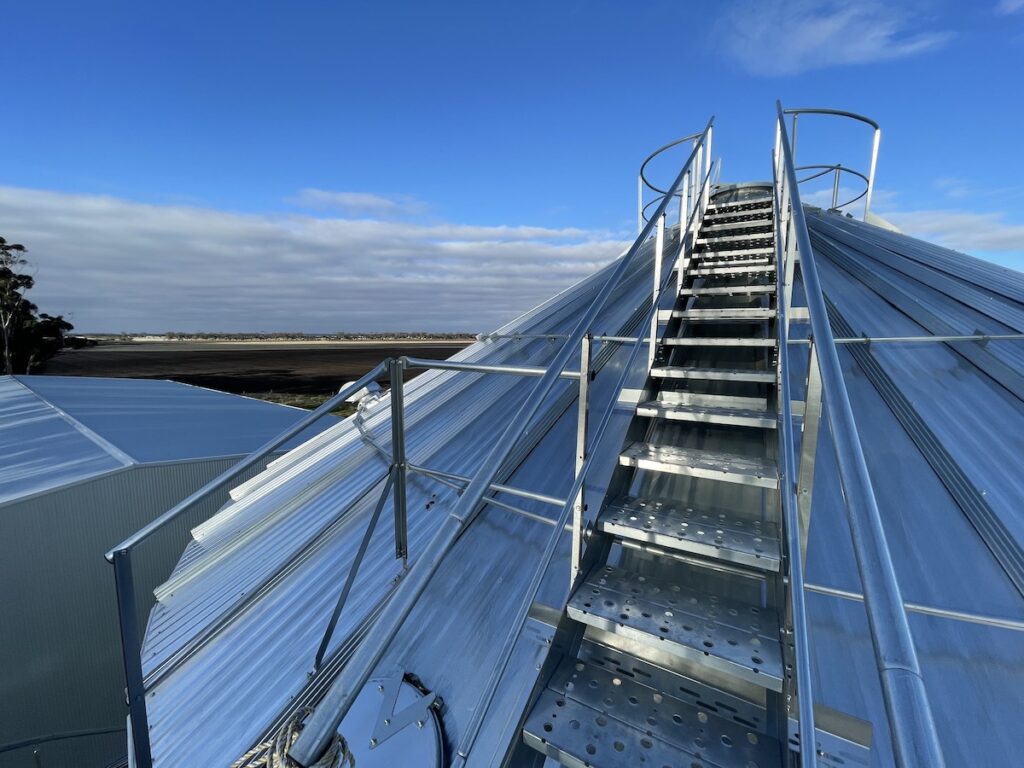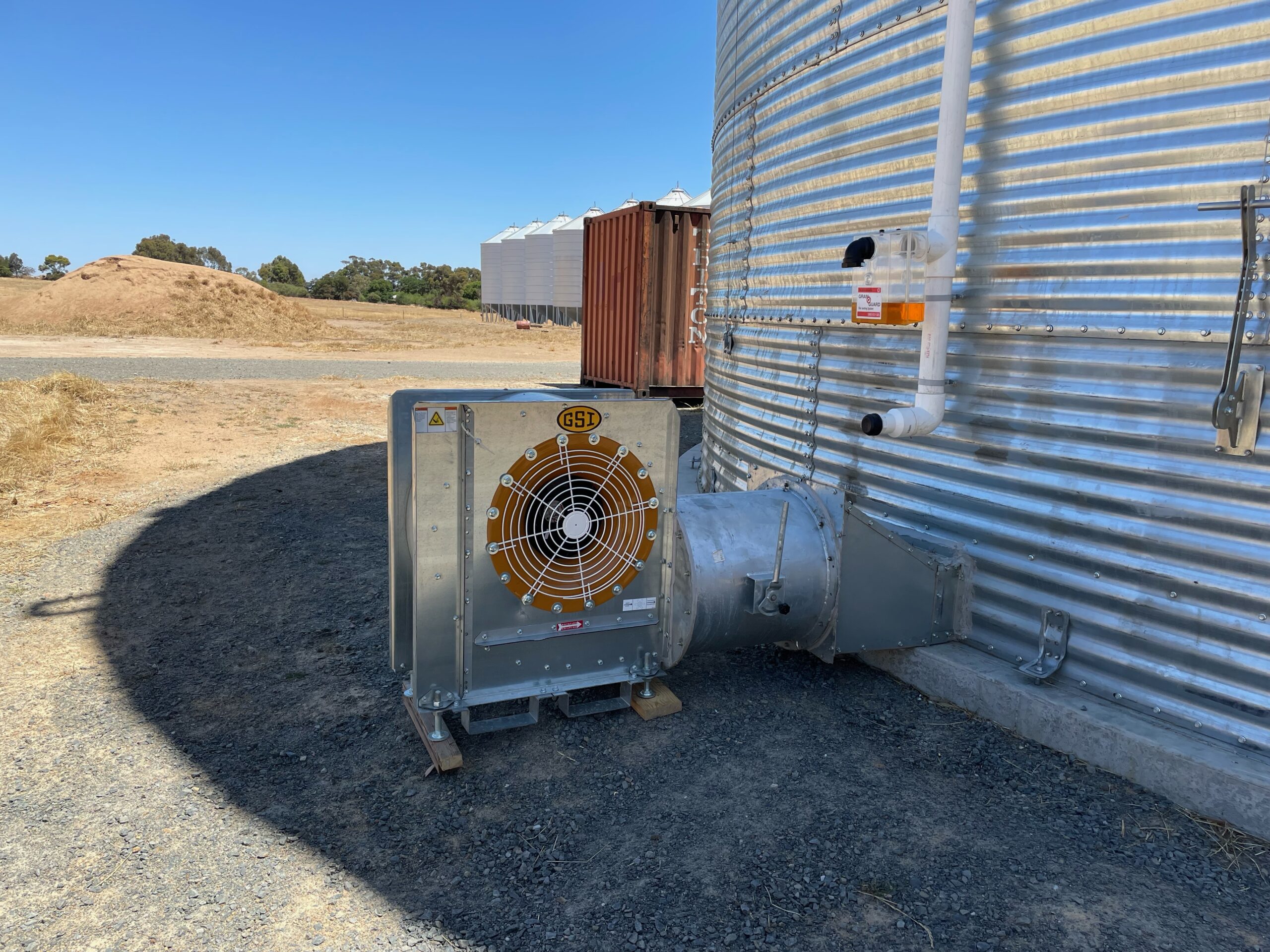Prefabricated steel silos have become integral components in the storage and management of various agricultural products. Their versatility, durability, and cost-effectiveness make them popular choices for storing grains and other bulk materials. In this comprehensive guide, we will delve into the various aspects of prefabricated steel silos, covering types, construction materials, assembly, monitoring systems, and more.

Types of Steel Silos
Unstiffened and Stiffened Steel Silos
Stiffened Silos
Stiffened silos feature structural reinforcements such as ribs or rings that provide additional strength and stability to the overall structure. These reinforcements are essential for withstanding heavy loads and adverse weather conditions. Stiffened silos are often preferred for larger storage capacities.
Unstiffened Silos
Unstiffened silos, on the other hand, rely on the thickness and strength of the material itself to maintain their structural integrity. They are generally suitable for smaller storage needs and environments with less demanding conditions.
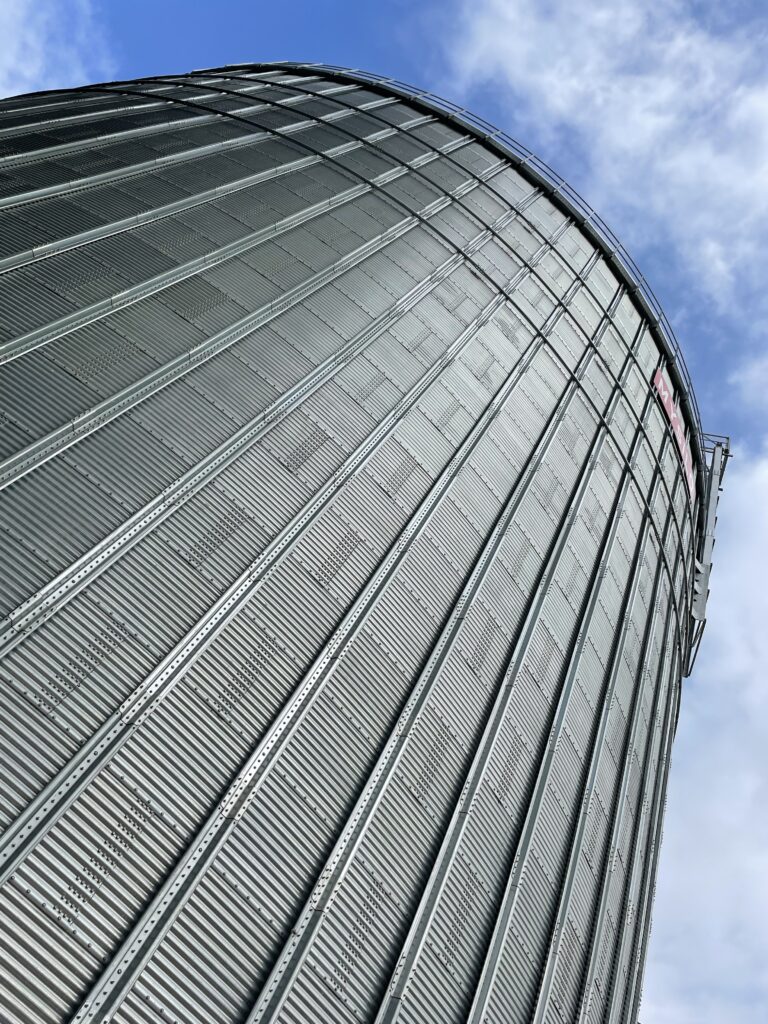
Galvanized Corrugated Steel Sheets and Gauges
The material used in the construction of steel silos plays a crucial role in determining their longevity and resistance to corrosion. Galvanized corrugated steel sheets are a popular choice due to their corrosion resistance and durability. The gauge of the steel sheets is an important consideration, with thicker gauges providing increased strength.
Construction and Design
Types of Ladders
Silos require access points for inspection and maintenance. Ladders are a critical component, and their design should prioritize safety and ease of access. Vertical ladders attached to the silo’s exterior are common, while some larger silos may incorporate interior spiral staircases.

Types of Roofs
The choice of roof design is influenced by factors such as climate, the type of material being stored, and the desired level of protection. Conical roofs are effective for preventing the accumulation of moisture, while flat roofs provide easier access for equipment during filling and extraction.
Types of Aeration Systems for Steel Silos
Aeration is crucial for preventing spoilage and maintaining the quality of stored grains. Aerating systems, such as perforated floors and ducts, facilitate the controlled flow of air through the stored material, preventing the formation of hot spots and mould.
Sealed and Unsealed Steel Silos
The sealing of silos is a consideration for maintaining the quality of stored materials. Sealed silos are airtight and are suitable for storing products that require protection from external elements, such as moisture and pests. Unsealed silos allow for natural ventilation and are often chosen for products that are less sensitive to environmental conditions.
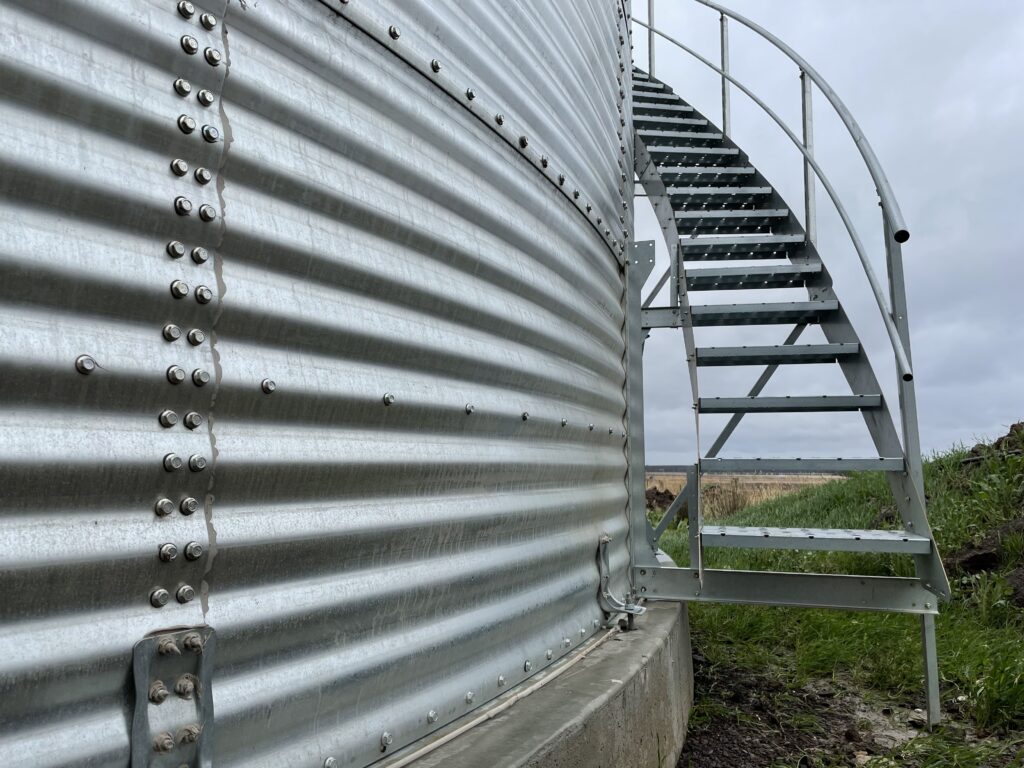
Assembly and Installation
Assembly of Steel Silos
The assembly process of prefabricated steel silos involves meticulous planning and execution. Proper alignment of panels, secure fastening, and attention to detail during construction are crucial to ensuring the structural integrity of the silo.
Intelligent Grain Monitoring Systems
Modern silos often incorporate intelligent monitoring systems that provide real-time data on temperature, moisture levels, and other critical parameters. These systems enable proactive management and help prevent issues such as spoilage and insect infestations.
Steel Silos Foundation Construction
The foundation of a silo is a fundamental component of its stability. Soil analysis and engineering expertise are essential to determine the appropriate foundation design. Common types include slab foundations and deep foundations, each tailored to the specific needs of the silo and the characteristics of the terrain.
Load Bearing of Terrain for the Steel Silos
Understanding the load-bearing capacity of the terrain is essential for preventing structural issues. Engineers must evaluate soil composition and conduct geotechnical studies to ensure that the chosen site can support the weight and load distribution of the silo. In short, the deal and live forces must be taken into consideration so the integrity of the silo structure will not be affected for the lifespan of the product.
Anchoring the Steel Silo Structure
Anchoring systems are employed to secure the silo to the foundation and prevent movement during external forces such as wind or seismic activity. Proper anchoring is critical to maintaining the stability and safety of the silo structure.
Environmental Considerations
Ambient Environment
The ambient environment surrounding the silo affects its performance and longevity. Harsh climates, including extreme temperatures and high humidity, can accelerate corrosion. Protective coatings and regular maintenance are essential to mitigate the impact of the environment.
Types of Crops to be Stored in Steel Silos
Different crops have varying storage requirements. Some crops are more susceptible to moisture, pests, or temperature fluctuations. Understanding the specific needs of the stored material is crucial for selecting the appropriate silo design and storage conditions.
Challenges in Silo Construction
Difficulties of the Steel Silo Construction and Assembly Job
Silo construction and assembly present unique challenges, including the need for specialized equipment, adherence to safety protocols, and precise engineering. Coordinating the assembly process efficiently is crucial to avoiding delays and ensuring the quality of the final structure.
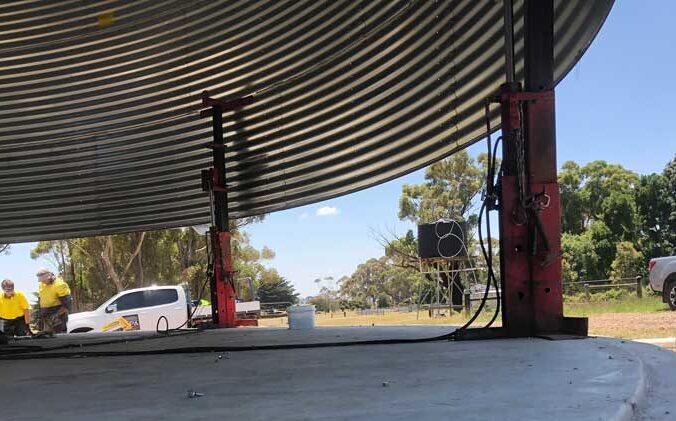
Silo Ventilation and Its Importance
Proper ventilation is vital to prevent the build-up of gases and maintain optimal conditions within the silo. Inadequate ventilation can lead to spoilage, mould growth, and safety hazards. Ventilation systems must be carefully designed to ensure the uniform flow of air throughout the stored material.
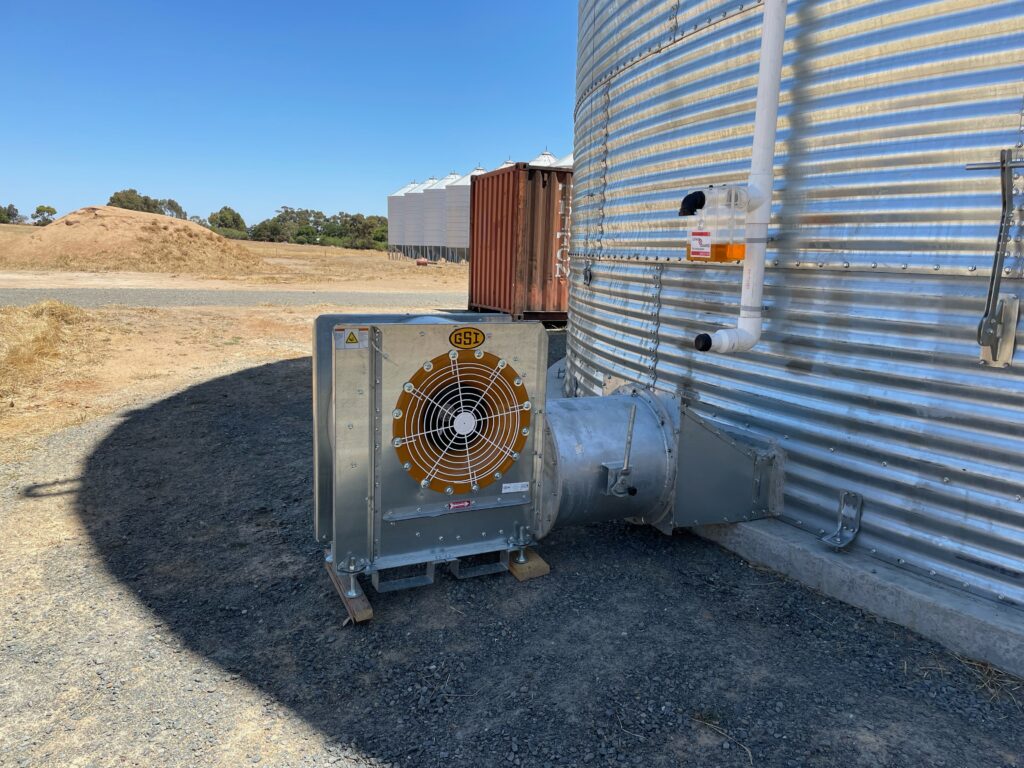
Quality Assurance in Silo Manufacturing
Silo Manufacturing Quality
The quality of materials and workmanship during manufacturing directly impacts the longevity and performance of prefabricated steel silos. Regular inspections, adherence to industry standards, and quality control measures are essential to ensure that the finished product meets or exceeds expectations.
Conclusion
Prefabricated steel silos are indispensable in modern agriculture and bulk material storage. Understanding the nuances of their design, construction, and application is crucial for maximizing their effectiveness and ensuring the long-term preservation of stored materials. From choosing the right type of silo to implementing intelligent monitoring systems, each aspect contributes to the overall success of this essential storage solution. As technology continues to advance, the future holds exciting possibilities for further innovations in the field of prefabricated steel silos.
Please contact AGIFY if you need any help with your future silo project. Thank you.

